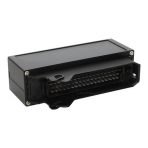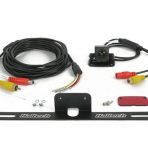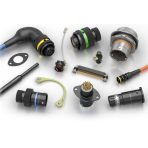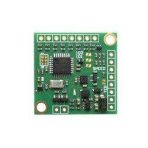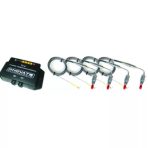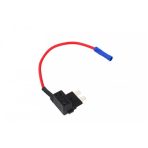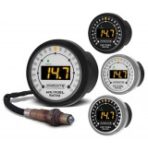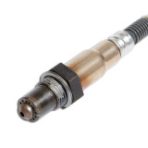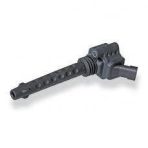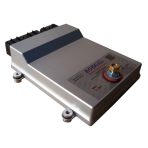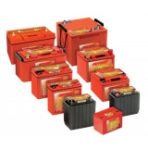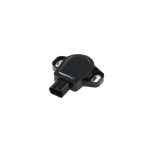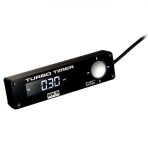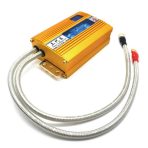Electrical & Electronics
The Electrical & Electronics hub covers everything from wiring to control for 12/24 V builds. Start with Switches, Panels & Accessories for multi-circuit control, ECUs & Accessories for engine management, and Wires & Harnesses for neat looms. Build a safe, cohesive electrical system.
Brief summary & key benefits
The Electrical & Electronics category covers the full stack of a vehicle’s 12/24 V system—power distribution, control, sensing and monitoring. Clean looms, per-circuit fusing and clear labelling keep builds reliable and serviceable. You’ll find classic fuse solutions and modern Power Distribution Modules (PowerModule) alongside smart Electronic Modules.
Technical Basics
Connectivity starts with the right Connectors & Wiring, robust Plugs & Sockets and properly sized Wires & Harnesses. Voltage stability is handled by Voltage Stabilisers, while add-on logic is provided by Electronic Modules. System health is tracked with Gauges & Displays and Data Loggers. For sensing, browse Sensors and mixture control via Lambda Sensors & Engine Sensors. Interface or voltage issues are solved with Adapters & Converters.
User control is handled by Switches, Panels & Accessories. For engine management, explore ECUs & Accessories and the wider Engine Electronics range. System supply is backed by Race Batteries & Accessories.
Selection Criteria
Plan your power topology: main feed → fuse box / PDM → switches/relays → loads. Match voltage (12/24 V), continuous current and inrush to cable gauge and fuse size. For tuning and integration, consider Piggyback Computers or RaceChip Tuning Modules. Use Gauges for live feedback, Data Loggers for analysis, and Camera Kits for incident review. Turbo cars benefit from Turbo Timers to cool down properly.
Installation & Maintenance
Use labelled looms and quality tools; prefer pre-terminated harnesses where possible. Crimp with a ratchet tool and seal with heat-shrink. Keep spare fuses and stock essential Miscellaneous Accessories (ties, lugs, mounts). After commissioning, measure loaded voltage drop, verify grounds and check your battery state regularly.
FAQ
Q: Where should the main fuse be placed?
A: As close to the battery as possible to protect the main feed.
Q: When to choose a PDM over a classic fuse box?
A: When you need compact, programmable circuit protection and remote diagnostics (PDM).
Q: Do I need a voltage stabiliser?
A: It helps protect sensitive electronics under heavy load variations (Voltage Stabilisers).
Q: How to speed up troubleshooting?
A: Clear labelling, good access to fuses and data logging cut diagnostic time drastically.
Q: What small parts should I stock?
A: Lugs, heat-shrink, fasteners and adapters—find them under Miscellaneous Accessories.

